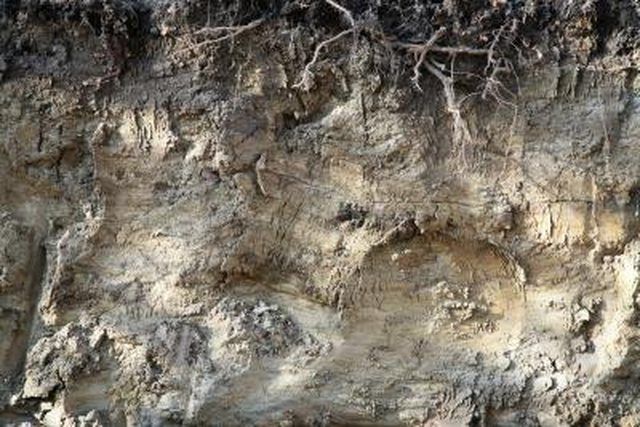Bulbs
Flower Basics
Flower Beds & Specialty Gardens
Flower Garden
Garden Furniture
Garden Gnomes
Garden Seeds
Garden Sheds
Garden Statues
Garden Tools & Supplies
Gardening Basics
Green & Organic
Groundcovers & Vines
Growing Annuals
Growing Basil
Growing Beans
Growing Berries
Growing Blueberries
Growing Cactus
Growing Corn
Growing Cotton
Growing Edibles
Growing Flowers
Growing Garlic
Growing Grapes
Growing Grass
Growing Herbs
Growing Jasmine
Growing Mint
Growing Mushrooms
Orchids
Growing Peanuts
Growing Perennials
Growing Plants
Growing Rosemary
Growing Roses
Growing Strawberries
Growing Sunflowers
Growing Thyme
Growing Tomatoes
Growing Tulips
Growing Vegetables
Herb Basics
Herb Garden
Indoor Growing
Landscaping Basics
Landscaping Patios
Landscaping Plants
Landscaping Shrubs
Landscaping Trees
Landscaping Walks & Pathways
Lawn Basics
Lawn Maintenance
Lawn Mowers
Lawn Ornaments
Lawn Planting
Lawn Tools
Outdoor Growing
Overall Landscape Planning
Pests, Weeds & Problems
Plant Basics
Rock Garden
Rose Garden
Shrubs
Soil
Specialty Gardens
Trees
Vegetable Garden
Yard Maintenance
How to Condition Clay Soil
How to Condition Clay Soil. Clay soil has little organic matter and nutrients in it. To grow grass, flowers or vegetables, you'll need to condition the soil. Clay makes it difficult for roots to become established because there's little to no drainage and the roots of plants can't get enough oxygen. Conditioning clay soil will improve drainage and...

Clay soil has little organic matter and nutrients in it. To grow grass, flowers or vegetables, you'll need to condition the soil. Clay makes it difficult for roots to become established because there's little to no drainage and the roots of plants can't get enough oxygen. Conditioning clay soil will improve drainage and release nutrients into the soil that the plants need to thrive. You need to add organic matter to the soil each year to get the most benefit from the conditioned clay soil. The warmer the soil, the more organic matter that is consumed.
Things You'll Need
Till or spade
Rotted manure or leaves
Compost
Peat moss
Ammonium sulfate fertilizer
Lime
Phosphorous
Contact the Cooperative Extension at a local university to have the soil tested to find out how much organic matter and nutrients there are in the soil.
Till the soil after the last frost in the spring to loosen it and make planting easier. Till the soil to a depth of at least 10 inches.
Add 3 to 4 inches of rotted manure, leaves, compost or peat moss to the soil. Till it into the soil a little at a time to a depth of 6 inches.
Till lime and phosphorous down into the soil as needed, depending on the results of the soil testing.
Add ammonium sulfate fertilizer to the soil during tilling to give the plants nutrients until the organic matter can break down in the soil.
Tips & Warnings
Soil testing will help you calculate how much organic matter and other nutrients you'll need to add to condition the clay.
Buy a soil testing kit, but if you're not sure what you need, ask the Cooperative Extension for advice.
Don't till clay soil when it's wet because it will compact the clay and destroy the structure of the soil.
Don't use sand to condition clay soil. The clay will become as hard as rock.